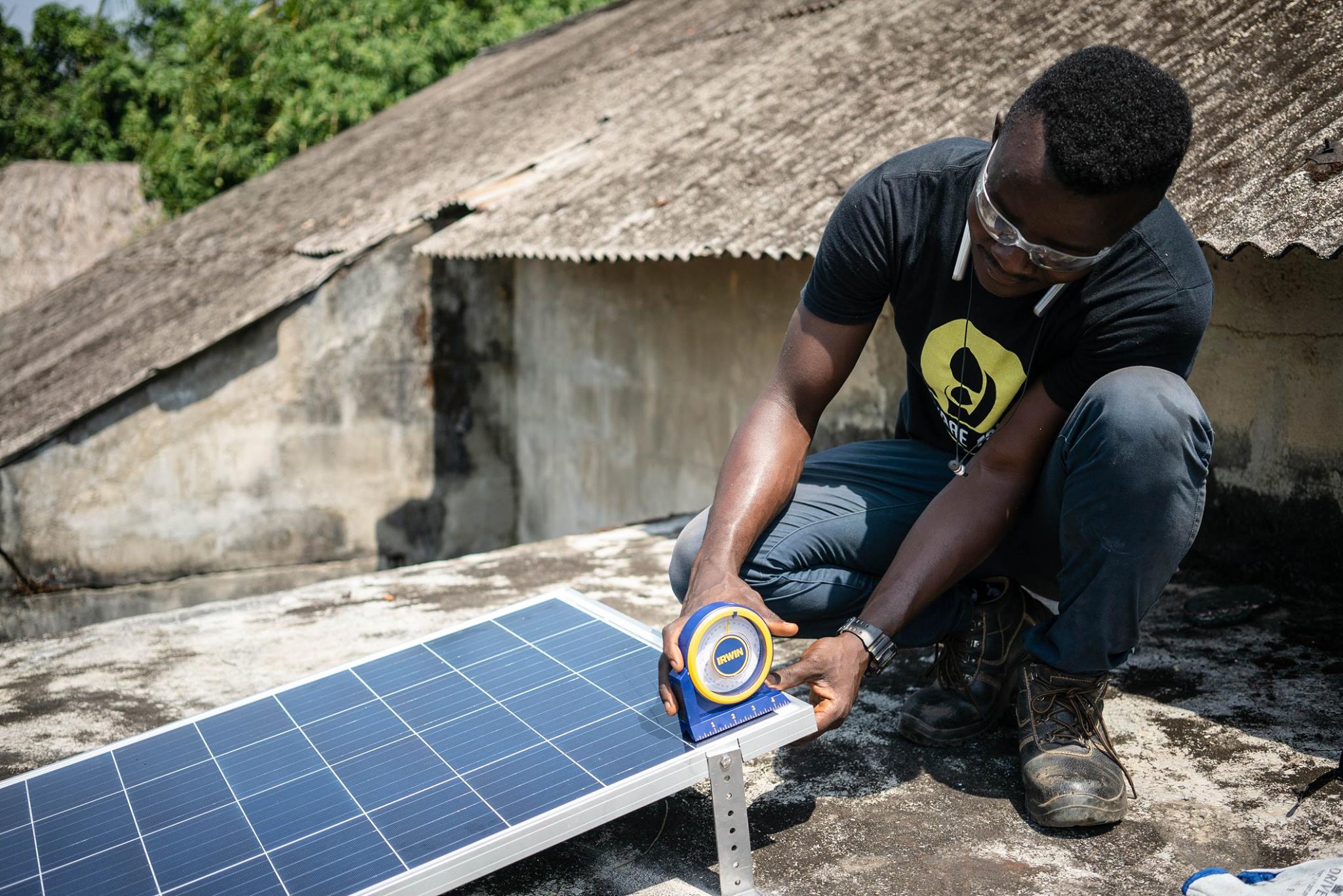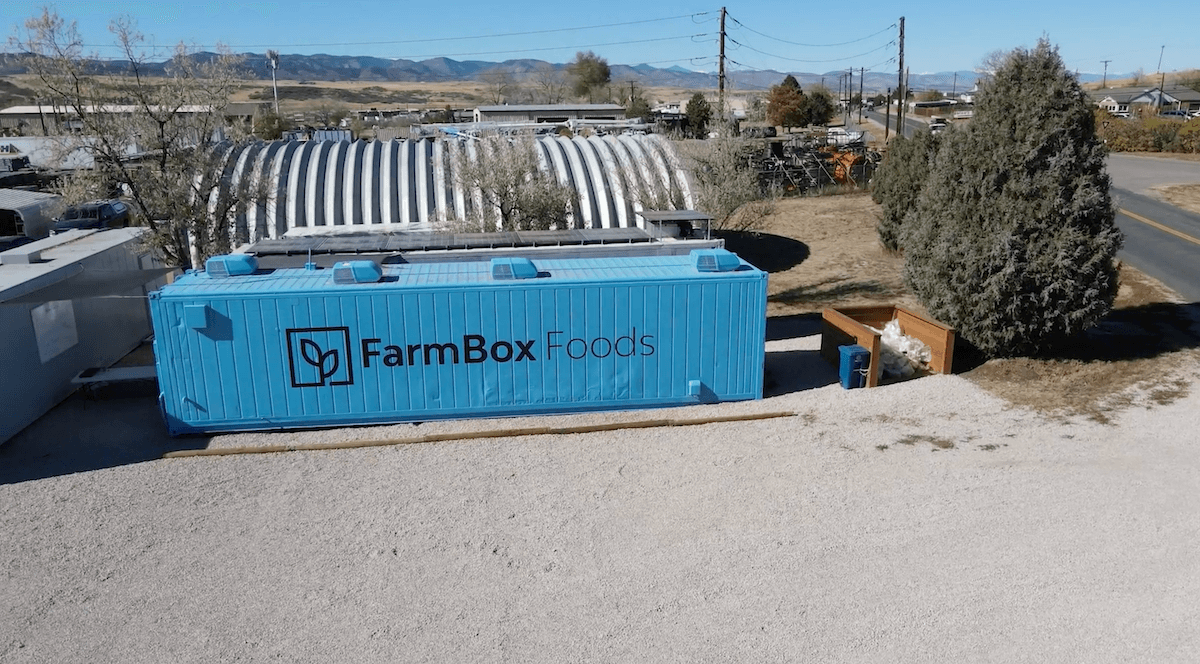The people and principles needed to solve the challenges of financing solar power for frontline health clinics were represented on ImpactAlpha’s Agents of Impact Call No. 24 earlier this month. Now we just have to put the pieces together.
“The people on the (Zoom) chat can fix this,” said energy strategist Michael Liebreich, as dozens of health, energy and finance practitioners introduced themselves and their projects (see below). “All of the case studies are there. The technology is there.”
If lighting 300,000 remote, rural health clinics in Africa, Asia and elsewhere with basic electricity sounds daunting, Liebreich offered a truism of the solar energy industry: “These things can be geometric, because it’s all distributed.”
The Call, co-hosted with the nonprofit We Care Solar, was framed as something of a design challenge to identify models of innovative finance that can be applied to a knotty challenge.
Replay of Agents of Impact Call No. 24, co-hosted with We Care Solar.
Marrying Sustainable Development Goal No. 7 (access to affordable, reliable, sustainable energy) to SDG No. 3 (Ensure healthy lives) would seem like a clear win. But financing models to scale up full-country solutions have been stymied by the complexity of equipping public facilities (versus private clinics), and primary or frontline clinics (vs. larger secondary or hospital facilities), all overlaid by the silos that still exist between countries’ health, energy and finance ministries and even between global aid and philanthropic donors.
We Care Solar has distributed more than 5,000 quickly deployable “Solar Suitcases” engineered to work through the night, for example, to reduce maternal and newborn mortality in childbirth. The organization’s “Light Every Birth” campaign has deployed the suitcases to every frontline health clinic In Liberia that needed one; it is working to complete similar efforts in Uganda, Sierra Leone, Zimbabwe and Tanzania. (Editor’s note: I’ve been a member of the board of We Care Solar for the past decade.)
The COVID crisis has shined a light on the importance of energy and power for ventilators and other equipment, as well as for communications for referral and coordination and even simple lighting at night.
“The good news is that we are seeing more activity and I would say more sophisticated activity in this space,” said Jem Porcaro of Sustainable Energy for All. “Even in the last year, we’ve seen the likes of the World Bank, the UN Development Programme, Power Africa, WHO and other practitioners, many of which are on this call, stepping up, raising their political ambition.” The worry, based on the aftermath of the 2014 Ebola outbreak in Liberia and Sierra Leone: the window of opportunity to capture the attention and momentum of such leadership is short.
Inside the scramble for solar financing as frontline public health clinics confront COVID
Design challenge
Current initiatives appear to be converging on elements of a shared model:
- Energy-as-a-service model. Create long-term energy services packages tailored for health clinics, with quality of service guarantees and provisions for training and maintenance, particularly battery upkeep. Financing over seven to 10 years can turn high initial capital costs into affordable longer-term operating costs.
- Portfolio aggregation. Aggregate the solar installations across dozens or hundreds of facilities into project portfolios large enough to attract investors.
- Power purchase agreements. Forge power purchase agreements, or PPAs, with ministries of health, to buy power generated by the project, matched the duration of the energy services packages. These kind of offtake agreements are standard practice in commercial solar and other energy projects. Coordination between the ministries of health, energy and finance is key.
- Revenue subsidies. Subsidize those PPAs with both philanthropic and aid donor funds, based on demonstrated health outcomes such as healthy childbirth, vaccination rates, COVID survival rates. Many ministries of health have limited ability to pay for electricity and require coordinated donor support. Other potential revenue streams include carbon credits, diesel fuel savings, or redirected fossil fuel subsidies..
- Guarantees. Enlist catalytic funders to guarantee the offtake agreements and crowd in commercial lenders. Even with revenues, there will need to be a backstop for the Ministry of Health to secure the PPA agreement for financing. But guarantees only work when there is a predictable revenue stream in the first place.
- Financing and fulfillment. Finance the projects and contract with local solar businesses to do the work. Commercial banks and local bonds can provide the upfront capital once terms are established. With capital in hand, local solar installers and distributors can be drawn into working with the health clinic.
Speakers on the Call elaborated on each point. Dr. Charles Olaro of Uganda’s Ministry of Health said the country has adopted the energy services model in a number of projects, including its Energy for Rural Transformation Plan III which is electrifying more than 300 clinics in collaboration with the World World Bank. Dr. Laura Stachel of We Care Solar, which also has a country-level MOU in Uganda, said the health ministry had been effective in bringing in the ministries of energy and finance as well.
“We really have created quite a coalition, because it does take people working together rather than a lot of siloed approach approaches,” she said.
Both GreenStreet Africa, a project of New York-based GreenMax Capital Advisors, and Norway-based Differ Group have developed models to aggregate multiple smaller health care solar projects into portfolios large enough to attract investors.
Differ Group adds to the portfolio approach provisions for operations and maintenance to ensure that systems continue to generate power for the life of the financing. Røine says Differ ‘take responsibility for the entire value-chain,’ including not only hardware and installation but also five-year service contracts, subcontracted to local providers.
Green Street Africa includes the additional aspect of floating local commercial bonds, “Because when you’re dealing with governments in Africa, it’s critical that the financing be in local currency,” said GreenMax’s Cliff Aron.

Source: GreenStreet Africa
The World Bank’s Raihan Elahi said business models that unlock private capital are key. “Governments cannot electrify this whole area,” he said. “If you only look at the basic needs of electrifying this health centers and schools, the demand for financing is more than $10 to $11 billion in the next 10 years,” or about $1 billion per year.
“If you want to electrify all health centers and school funding, no government or donor can provide that,” he said “We need the private sector to come in.”
Several efforts are underway to better coordinate donor resources, and leverage them to make the financing structures work. Working with donor countries, the UN Development Programme, which has an active Solar for Health initiative, is seeking funding from the Green Climate Fund to leverage donor funding to provide guarantees and other mechanisms to backstop the health ministries.
UBS Optimus Foundation’s Phyllis Costanza said players like the World Bank, USAID and DFID is coming together to create an “outcomes fund” of up to $300 million targeting SDG Nos. 3 (health) and 4 (education). UBS has financed several such “development impact bonds,” including bets on girls’ education and newborn health in India.
UBS, Costanza noted, manages something on the order of $2.5 trillion. “Imagine if we just got a small portion of that.”
Agents of Impact
Among the Agents of Impact who reported for duty on The Call, or at least introduced themselves in the Zoom chat, were Leehe Skuler, co-founder and CEO of the Global Impact Tech Alliance, which is promoting tech innovation for the SDGs; The Rockefeller Foundation’s Ciara Remerscheid; Saira Zaidi from the Clinton Health Access Initiative; Power for All’s William Brent; and Cooper Wetherbee from Climate Policy Initiative, who with Ricardo Narvaez led Lab’s analysis of Greenstreet Africa.
Cristina Shapiro is leading the Impact Fund for Children at UNICEF USA. Deloitte’s Kathy Julik-Heine is working on offgrid energy and innovative finance in Africa. Wes Adrianson is working on solar and storage for health in the Caribbean.Ayotunde Aladejana is a banker in Nigeria specialized in health care (see “COVID recovery offers opportunities to invest in Nigeria across the healthcare value chain”).
From the Global Telehealth Network came Dr. Jack Higgins. In Uganda, Marvin Tumusiime works with New Energy Nexus to support clean energy entrepreners. In Vancouver, Positive Capital’s Nick Fedorkiw is connecting corporate procurement with offgrid solar in emerging markets. From Lahore, Pakistan, USAID’s Kamran Niazi said the agency is working on solar power for Disease Surveillance Centers.
Bloom Energy, a fuel cell company, is working in healthcare microgrids for the US, and looking to help in other parts of the world, said Nirupama Prakash Kumar. Yun Fun of the Health Finance Institute is using blended finance and social impact bonds to close the financing gap for chronic diseases. Eneida Licaj from UNICEF is working to solar energy to the agencies water, sanitation and health, or WASH programs.
Sunfunder’s Szabi Barany is financing solar projects in emerging markets (see, . Vivek Shastry at the University of Texas at Austin is studying the links between energy access and primary healthcare. From Namibia, Paulus Weyulu, is working with UNDP’s solar energy for health products. Carly Ayukawa from EM-ONE Energy Solutions in Toronto is working to deliver energy solutions for health care in West Africa.
Catalytic Capital: Impact investors unlock off-grid energy financing with first-loss protections











